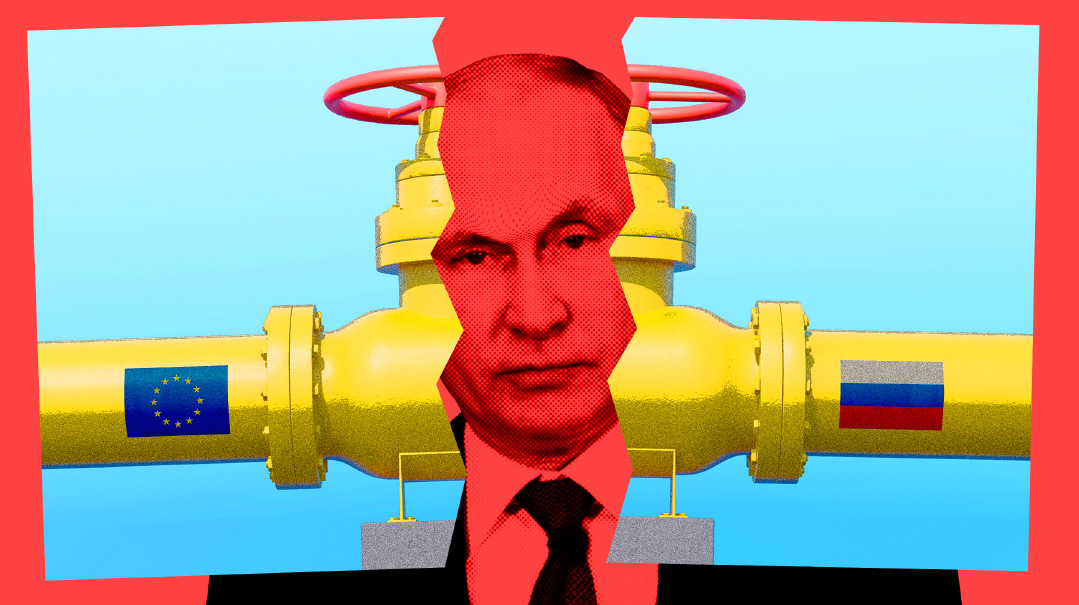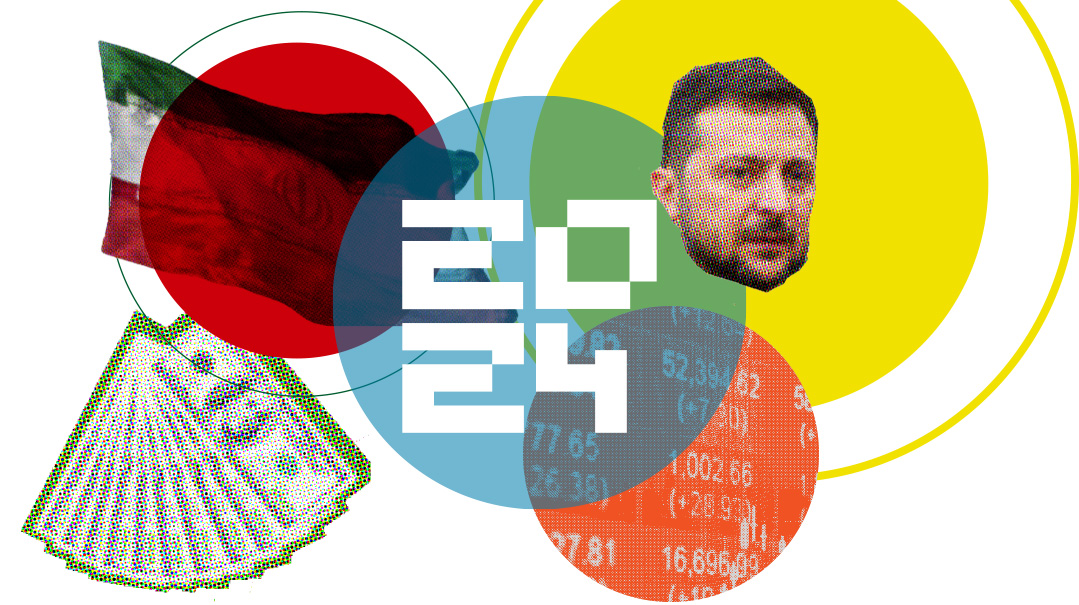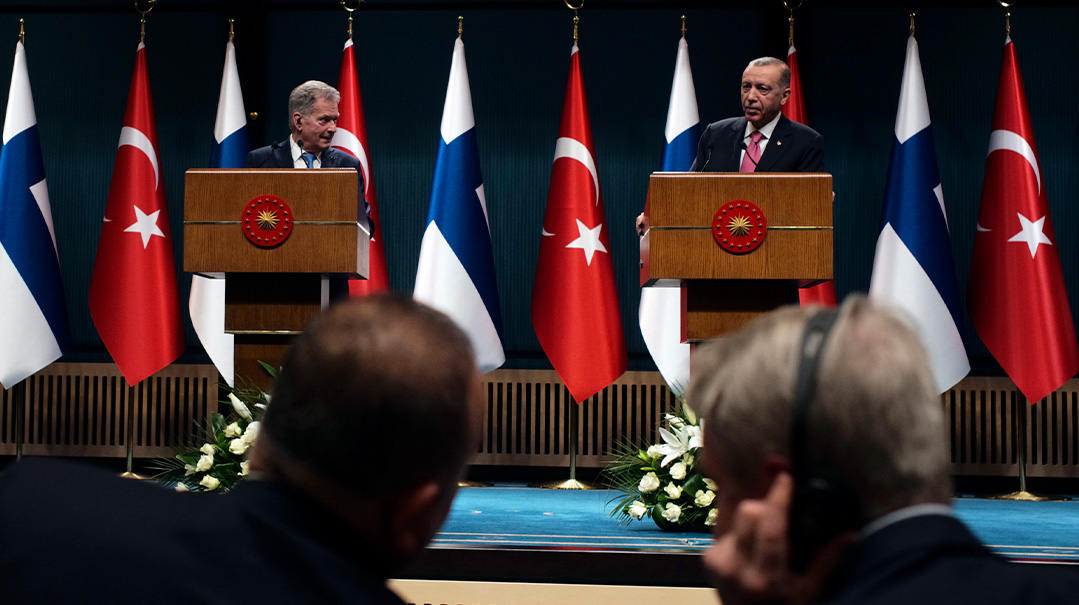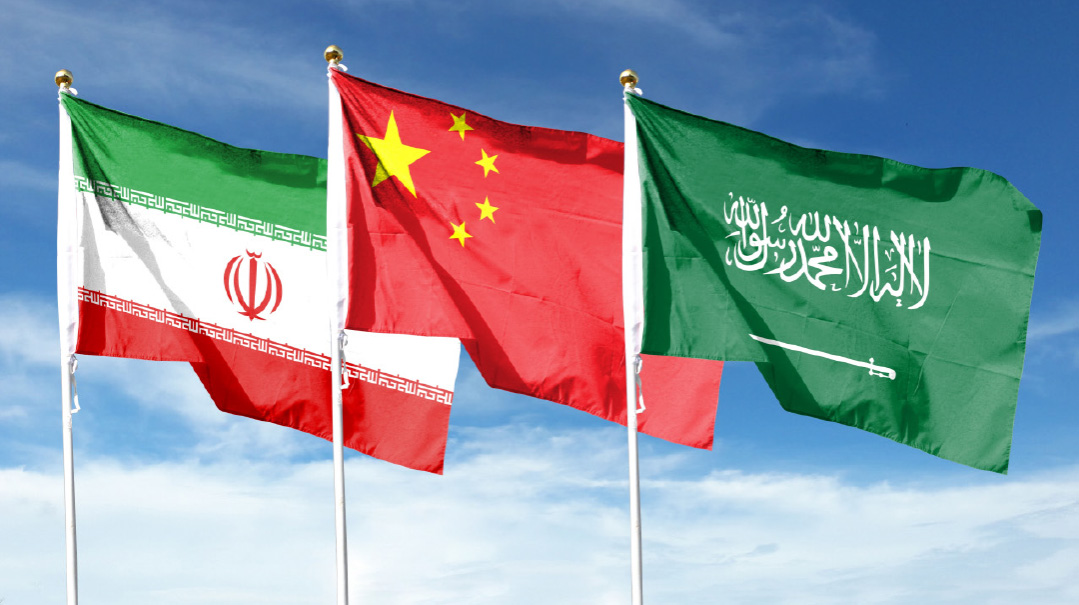Russia Puts the Squeeze on Europe

Putin's war on Europe's energy prices

R
ussia has signaled to Europe that it should expect a very challenging winter, to put it mildly.
Russia, which in 2021 supplied 45 percent of Europe’s gas imports, has now completely shut down the Nord Stream natural gas pipeline that runs under the Baltic Sea to Germany.
The war in Ukraine put the EU and the UK between a rock and a hard place. They had to choose between turning a blind eye to Putin’s unprovoked attack on a sovereign state, risking the possibility that Russia’s appetite would grow, thereby inviting additional attacks, perhaps even annexation of countries formerly part of the Soviet Union — or taking the moral high ground, enforcing forceful sanctions and risking Russian retaliation that could include a de facto gas embargo on the West.
The Europeans chose the latter.
A lot has been said about the EU’s inability to act as a united front, and the double standards it frequently employs. And yet, the bloc remains resolute in its decision to exert strong economic pressure on Russia while arming and supporting Ukraine.
But now, with winter coming, it’s going to be a whole different ballgame.
On September 2, Russia’s Gazprom announced on Twitter that “during scheduled maintenance work at the Trent 60 gas compressor… it was discovered that there is a leakage of oil.” As a result, the state-owned firm announced that “gas transmission via the Nord Stream gas pipeline has been fully shut down until the operational defects in the equipment are eliminated.”
The Nord Stream twin pipeline system through the Baltic Sea runs from Vyborg, Russia, to Lubmin near Greifswald, Germany. The pipelines were built and are operated by Nord Stream AG, of which Gazprom is the majority shareholder.
The Nord Stream route crosses the Exclusive Economic Zones of Russia, Finland, Sweden, Denmark, and Germany, as well as the territorial waters of Russia, Denmark, and Germany.
The two 1,224-kilometer offshore pipelines are the most direct connection between Russia’s vast gas reserves and energy markets in the European Union. A 917-kilometer onshore pipeline in Russian territory built by Gazprom connects Nord Stream to the Russian gas transmission system.
Combined, the twin pipelines have the capacity to transport a total of 55 billion cubic meters (bcm) of gas a year to businesses and households in the EU for at least 50 years. Completed in 2011, the project has been designated an item of “European interest” by the European Parliament and Council.
A Reuters headline from last week sums up the grim situation pretty well: “Forget showering, it’s eat or heat for shocked Europeans hit by energy crisis.”
The International Energy Agency reports wholesale electricity prices are skyrocketing in many countries. “In the first half of 2022, gas prices in Europe rose fourfold and coal more than threefold from the same period in 2021, resulting in wholesale electricity prices more than tripling in many markets,” says the report. “Our price index for major global electricity wholesale markets reached levels that were twice the first-half average from 2016 to 2021.”
According to several experts, the spike in gas prices would be equivalent to oil prices rising to between $400 and $500 a barrel (currently $89). Bloomberg forecasts that the UK, which already has the highest electricity costs in Europe, will see winter energy bills shoot up by 178 percent. Meanwhile, in Germany, August bills jumped by an average 185 percent over those of a year earlier.
Goldman Sachs suggested that this could mean lower economic activity, higher levels of unemployment, and even greater potential for recession. “A recession already is the base case assumed by our economists for Europe,” said the company in a statement. “It’s not an easy process to go through winter without the main fuel that keeps the lights on.”
The EU has responded with an audacious plan to move away from Russian fossil fuels to green energy. The European Commission presented the REPowerEU Plan. “There is a double urgency to transform Europe’s energy system: ending the EU’s dependence on Russian fossil fuels, which are used as an economic and political weapon and cost European taxpayers nearly €100 billion per year, and tackling the climate crisis,” the European Commission said in a formal statement.
The plan is to create “a massive scaling-up and speeding-up of renewable energy in power generation, industry, buildings, and transport will accelerate our independence, give a boost to the green transition, and reduce prices over time. The Commission proposes to increase the headline 2030 target for renewables from 40% to 45%.”
That all sounds very promising, and maybe Russia is making a strategic mistake because the EU won’t need its gas in a decade — but what will happen until then? For the short term, the EU is planning an aid package to compensate its citizens, along with reopening of coal power plants in Germany and other ad-hoc solutions.
“The energy price crisis has implications for every country and everyone,” Dr. Brenda Boardman, emeritus fellow of Oxford University’s Environmental Change Institute, told Mishpacha.
“The better off are getting a powerful signal to invest in greater energy efficiency, as everything is becoming more cost effective,” said Boardman. “For the less well off, whether individuals, households, or countries, they need substantial and urgent help to ensure they can cope in the next few months, particularly as winter approaches in the Northern Hemisphere.”
Beyond this immediate cash injection, she said, the longer term requires capital expenditures by governments to make the homes of the “fuel poor” more energy efficient, to reduce their need to purchase energy. The less energy that is used, she said, the more we are helping to reduce carbon emissions and climate change.
“But a further transformation is required: in the UK and probably many other countries, the regulation of the energy market needs to be reformed, so that the price of electricity from renewable sources and nuclear power is not inflated by the cost of the fossil fuels they do not use. Clean, green electricity has to be cheaper and separate from the costs of dirty, fossil-fuel-fired electricity.”
The United States’ ability to help is very limited. An Axios report explained that while the US has pledged to help Europe, both regions are suffering from this situation, and as the US is using essentially all its capacity to liquify gas to ship it across the Atlantic, “Europe has limited infrastructure to actually accept the imports.” —
(Originally featured in Mishpacha, Issue 928)
Oops! We could not locate your form.







